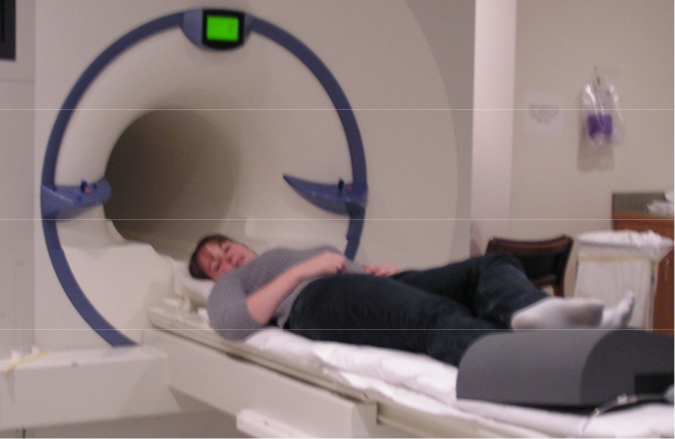Multimodal neuroimaging
No single neuroimaging technique is adequate to capture all of cognition. Neuroimaging techniques primarily differ in their ability to provide spatial and temporal information, i.e., where and when things are occurring in the brain. Some techniques like EEG, which tracks tiny changes of voltage on the scalp surface, can provide excellent information about the timing of particular processes in the brain. Other techniques like fMRI, which tracks blood as it flows through the brain, are less accurate with timing but provide superior information about where things are happening during language comprehension. Therefore, we believe that a multimodal approach is essential to the study of the neurocognition of language. To this end, our lab combines fMRI, MEG, and EEG (evoked responses and oscillatory activity) to examine the spatiotemporal patterns and neuroanatomy of neurocognitive processes.
Different populations
We investigate language processing in both healthy individuals and in patients with neuropsychiatric disorders.
This is because we studying the language dysfunction in patient populations allows us to hone in on the nature of the neural mechanisms involved in normal language processing. The PI, Dr. Kuperberg, is a cognitive neuroscientist as well as a board-certified psychiatrist, with deep routes in both basic and clinical neuroscience disciplines.



